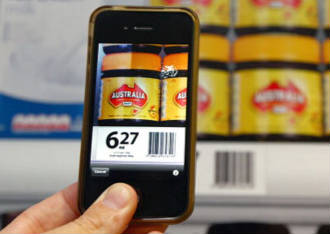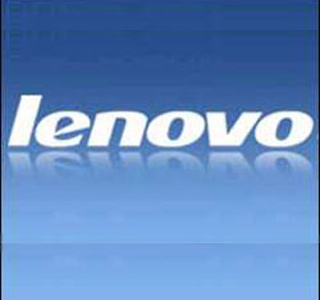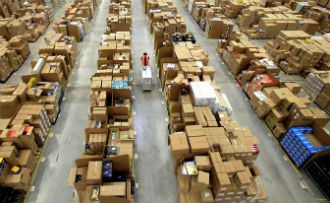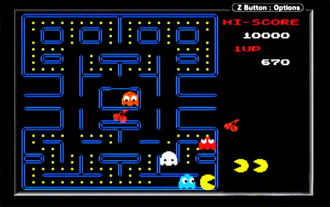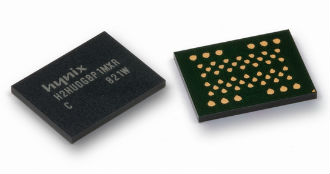 Industry analysts believe the memory sector will continue to do relatively well despite a decline in NAND demand. Although NAND might not be a very hot commodity, DRAM sales are expected to surge, reports The China Post.
Industry analysts believe the memory sector will continue to do relatively well despite a decline in NAND demand. Although NAND might not be a very hot commodity, DRAM sales are expected to surge, reports The China Post.
The price of 2GB DDR3 chips in the first quarter rose 57.8 per cent, while NAND prices rose by 19.8 per cent, according to TrendForce. Strong demand for tablets and smartphones seems to be boosting DRAM sales, and the fact that an increasing number of vendors are introducing Android devices with 2GB of RAM should also help.
However, strong demand could also result in even higher DRAM prices. TrendForce believes the price of 4-gig DDR3 DRAM modules has the potential to rise by another 30 per cent. The outfit points out that the high season for mobile device launches is drawing near, which means more demand should be expected.
Although DRAM prices will remain strong, NAND prices are expected to decline in the short term. NAND prices should remain relatively stable, due to a reduction in supply.
It might sound a bit counter intuitive, but it is worth noting that smartphone and tablet peddlers are not increasing the amount of NAND storage in their devices. Most devices still ship with 8GB or 16GB of storage, while high end gear tends to ship with 32GB, or in some cases 64GB. This is in stark contrast to market trends just a couple of years ago, when each new generation of devices tended to offer a twofold increase in storage.
On the other hand, the amount of RAM is steadily growing. Three years ago smartphones used to ship with 512MB, which was upped to 1GB for the last two generations and as of late last year we are seeing an increasing number of Android devices with 2GB of RAM.
